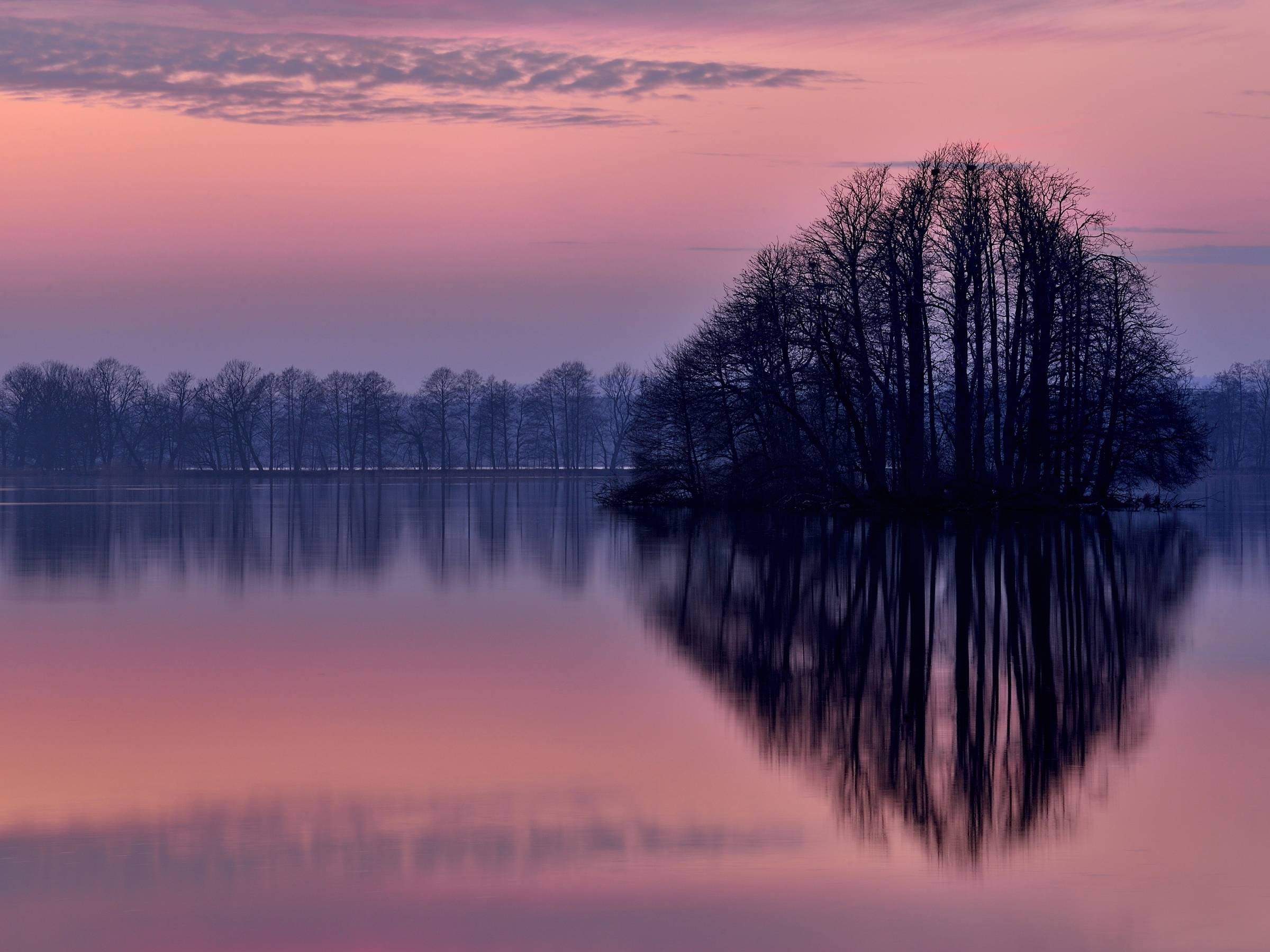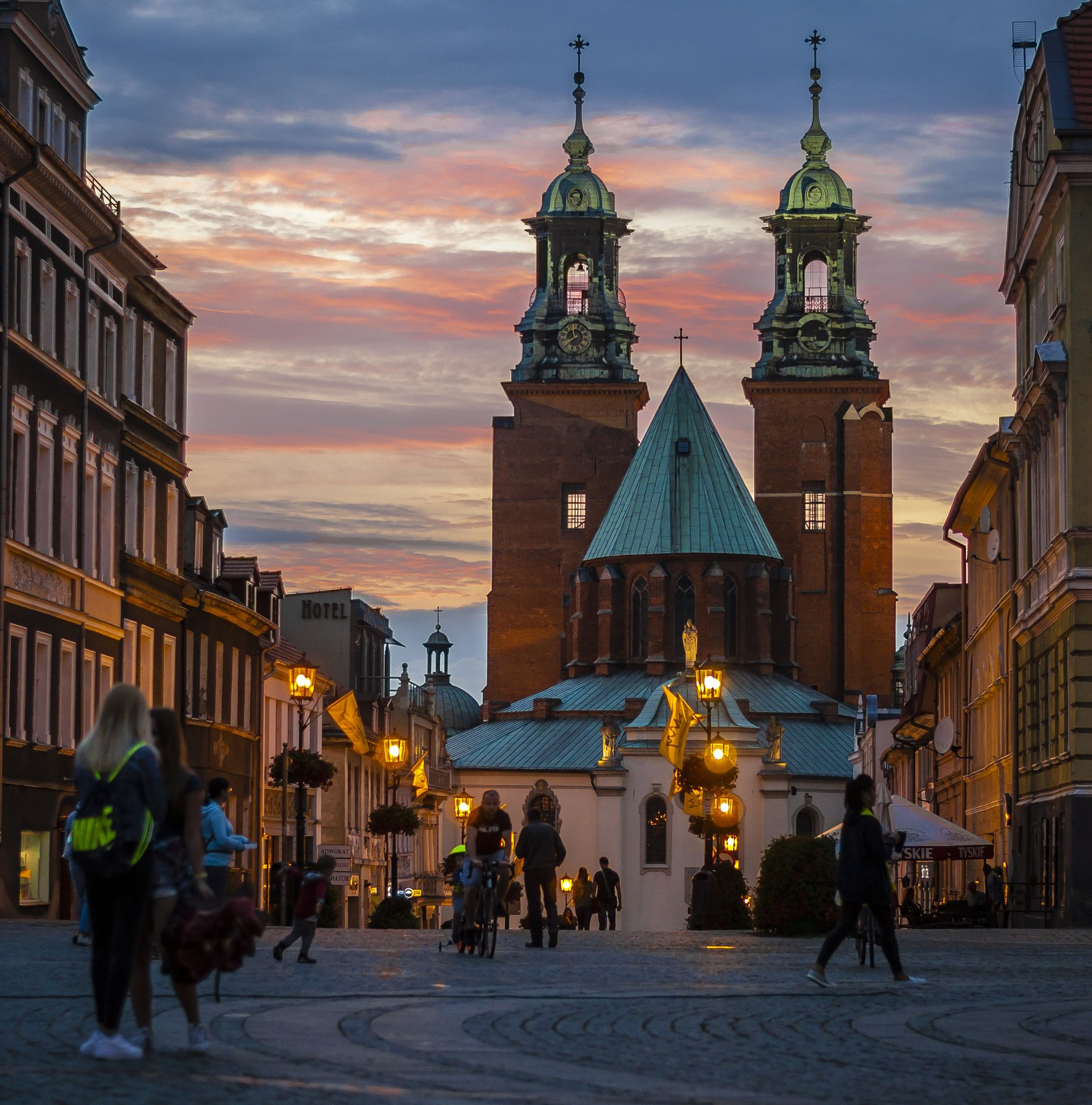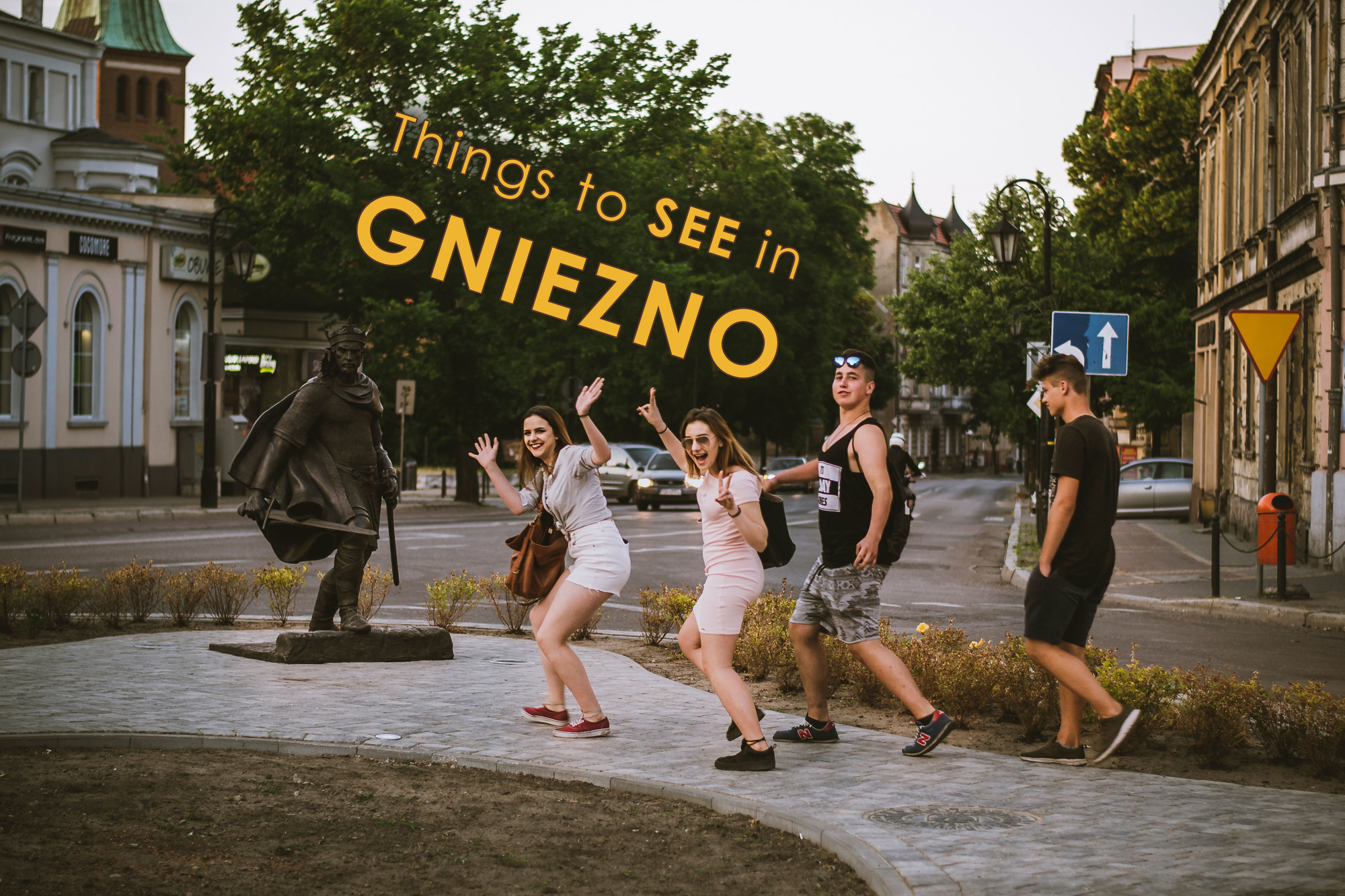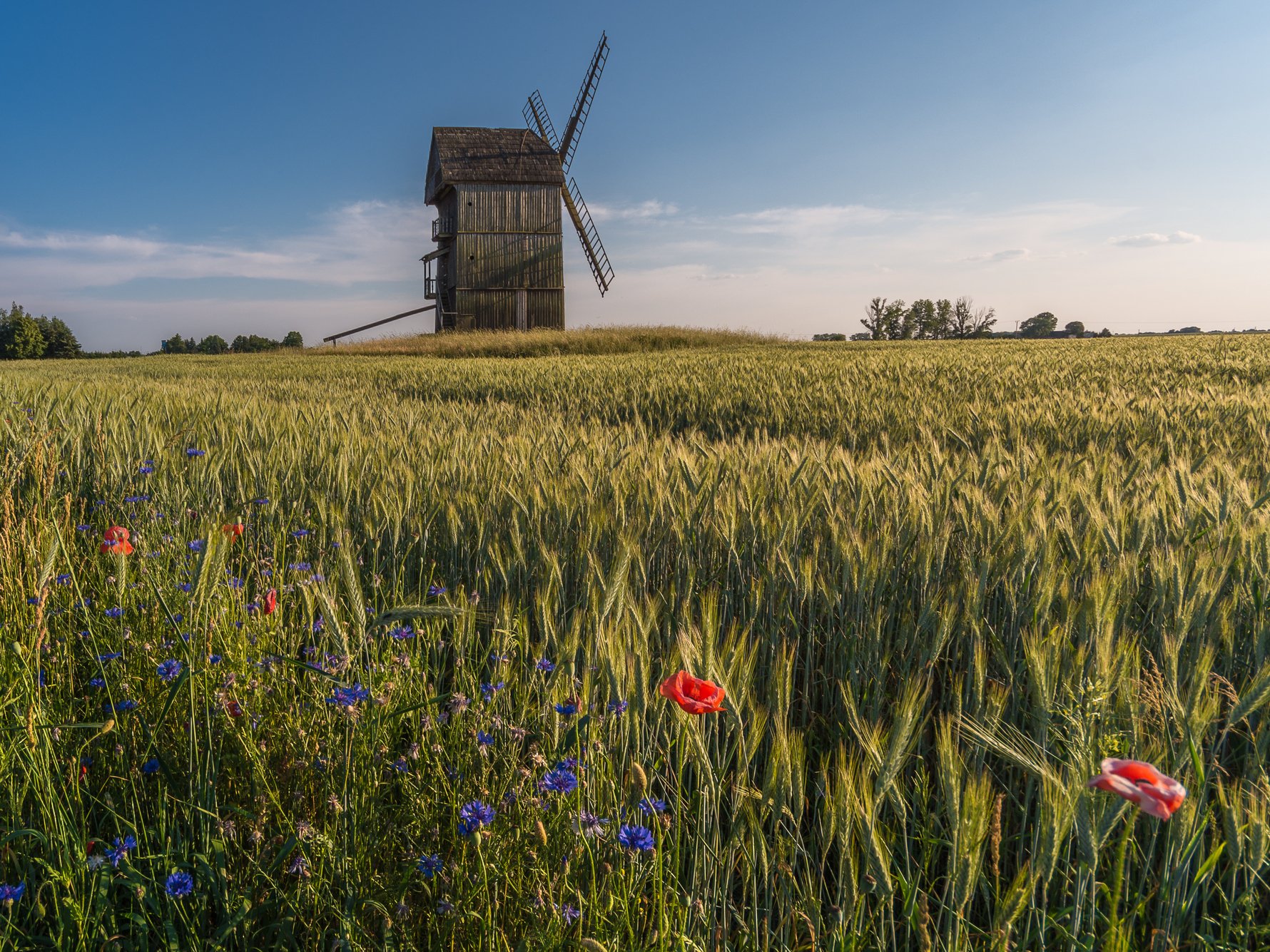
POZNAŃ
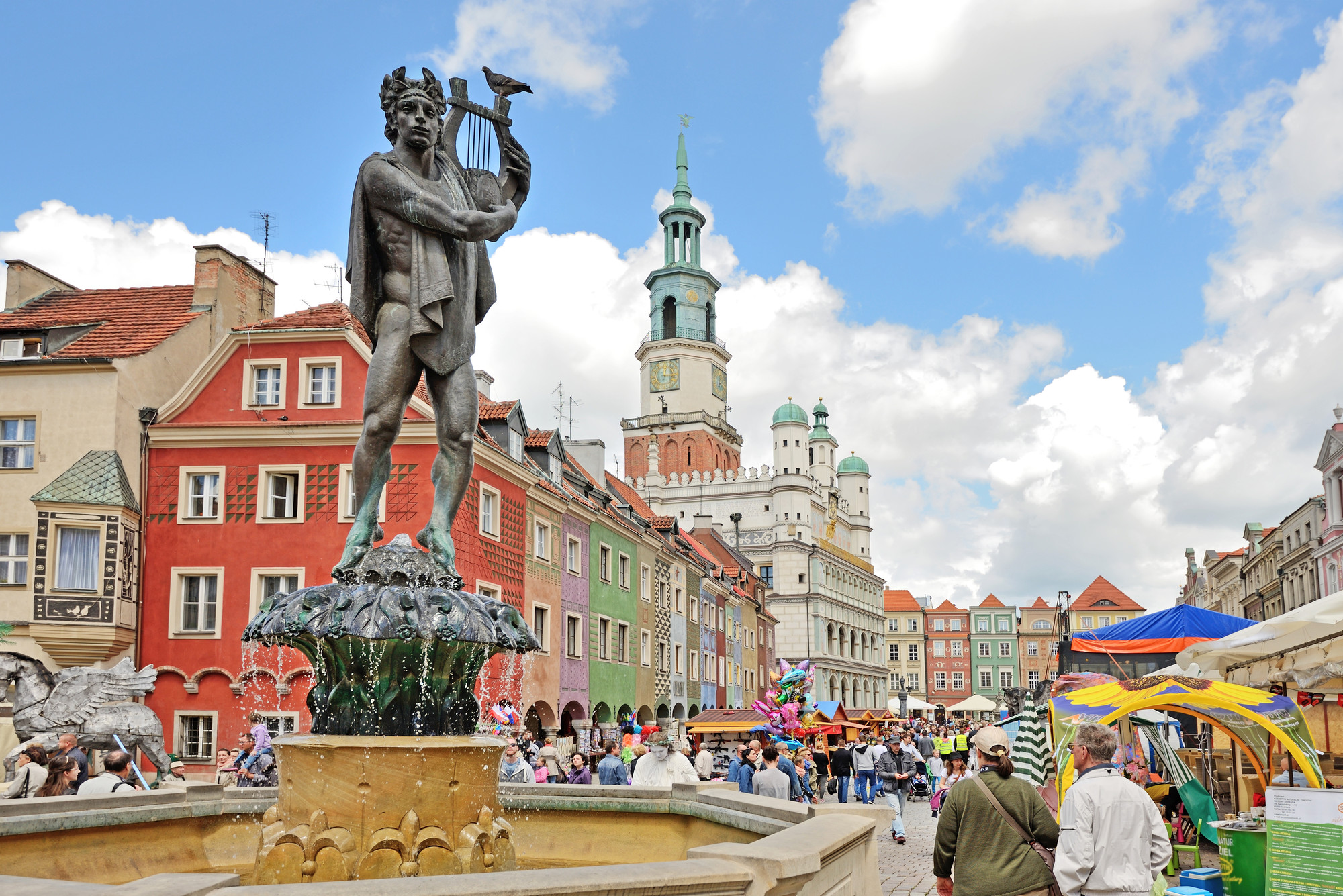
GNIEZNO - POLAND'S FIRST LEGENDARY CAPITAL!
If you've ever wondered where the whole Poland thing began, you need not look any further than Gniezno - the Polish City Of Kings. A picturesque town lying 50km east of Poznań, this was effectively Poland's first capital until the seat of power shifted to Kraków and then, much later, Warsaw! However, for more than a millennia, Gniezno has remained an important centre of worship and to this day is still regarded as Poland’s ecclesiastical heart. For the visitor, it is an intriguing town full of spires and cobbles, a superb medicine to the frantic flap of urban Poland. It's an easy day trip from Poznań and you can get there with relative ease from most places in Poland. Sightseeing in Gniezno is, of course, centred around the historic foundations of the Polish state and the importance of educating the youth of these sights means that there's plenty of options for kids and young families! Essential sights here include Gniezno Cathedral, which is quite probably the site where original Polish ruler Duke Mieszko I was baptised, and its impressive bronze doors that chronicle the life of St. Adalbert (Wojciech in Polish) who was martyred while on a mission to convert Pagan Prussians on the Baltic coast. Poland's first dynasty of rulers, the Piasts, have been brought to life in the form of action-pose sculptures around Gniezno's old town. Together with small-scale models showing the different iterations of buildings and city layouts, this tourist trail is known as The Royal Route and can be tracked on a mobile phone app!
For more on Poland's 'first capital', visit our city page for Gniezno!
KŁODAWA SALT MINE
While other similar sights in country's south may steal the limelight, the Salt Mine at Kłodawa is a lesser-known attraction of the kind that is an absolute must-visit during your trip through Greater Poland. Why? Firstly, it's the deepest underground tourist route in the world . Secondly, it's a saltmine that, unlike others in Poland, is still very much in operation! Thirdly, it's the only mine in the whole of Europe that produces pink salt (y'know, the kind that we think only comes from the Himalayas!) However, it's the overall experience of touring through the mine system that is truly memorable. After descending the mine shaft via an elevator that travels at a dizzying 10km/sec, your journey opens up into the massive caverns of salt, lit with beautifully-coloured lighting to accentuate the size and ambience of this historic site. The track leads down numerous tunnel ways, tinged with strata of pink and white, and passage-ways lined with relics of mining technology that were previously used in this system. All the while you inhale the distinct aroma of 250-million-year-old pink salt, which they claim is rather good for your health! Most curiously, there are numerous places of worship along the way, and by far, the most moving sight during this tour is the Chapel of St. Kinga, beautifully carved out of salt and amazingly-preserved 600 meters below ground, where it still offers comfort and a symbolic light in the unfamiliar darkness of the mine shafts.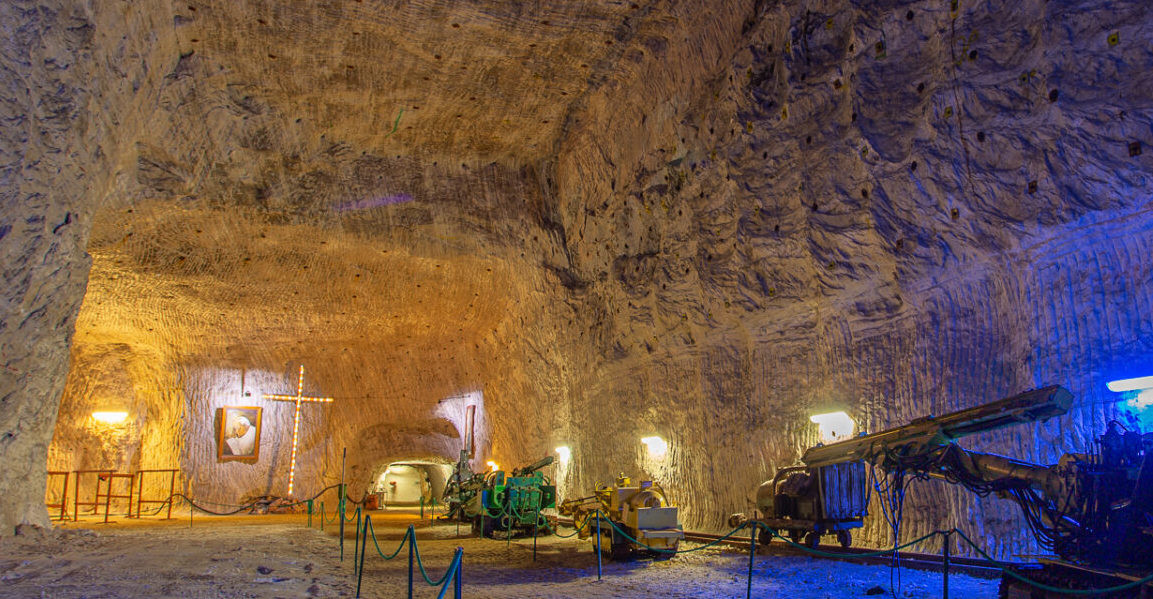
OSTRÓW LEDNICKI - THE ISLAND STRONGHOLD
Found between Poznań and Gniezno, a trip to Lake Lednica allows the opportunity to visit the Museum of the First Piasts – Poland’s largest open-air museum. Situated on an island, tourists get to wander around the 10th-century ruins of a castle and church once used by both Mieszko I and his son. Once connected to the mainland by a pair of bridges, the fortress is thought to have seen action during Czech invasion of 1038. A very short distance away is Wielkopolska Ethnographic Park, that has recreated a 19th-century village, highlighted by some of the bygone-era windmills that once dominated the landscape. With historic reenactors leading the cast in numerous events going on throughout the year, this is a great opportunity to time travel and experience the pre-industrial past of Central Europe!
